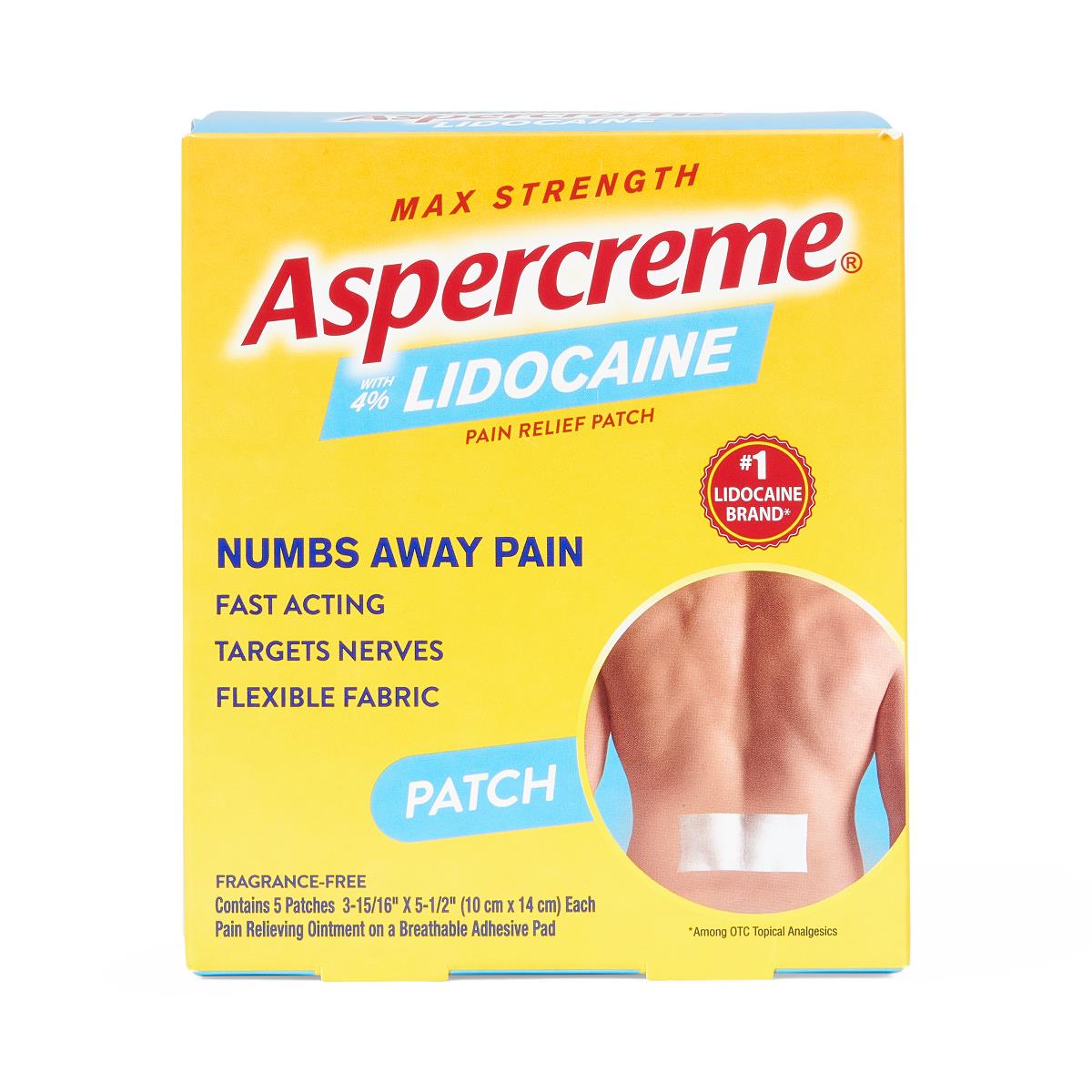Aspercreme Lidocaine Patch How Long Does It Last
.jpg)
Chronic pain, for many, is a relentless companion. Millions grapple with debilitating aches from arthritis, nerve damage, or simple muscle strains, desperately seeking effective and convenient relief. Among the arsenal of pain management tools, the Aspercreme Lidocaine Patch has risen in popularity, offering a topical solution that promises localized relief. However, a crucial question lingers for those considering or currently using this product: how long does the pain relief actually last?
This article delves into the efficacy and duration of the Aspercreme Lidocaine Patch, exploring its mechanism of action, recommended usage, and factors that influence its effectiveness. We will examine official guidelines, clinical data, and expert opinions to provide a comprehensive understanding of what users can realistically expect from this over-the-counter pain reliever. The goal is to equip individuals with the knowledge needed to make informed decisions about pain management strategies.
Understanding the Mechanism of Action
The Aspercreme Lidocaine Patch delivers lidocaine, a local anesthetic, directly to the affected area. Lidocaine works by blocking nerve signals in the treated skin, effectively reducing the sensation of pain. This targeted approach minimizes systemic absorption, potentially reducing the risk of side effects compared to oral pain medications.
The patch contains a specific concentration of lidocaine that gradually diffuses into the skin. This allows for sustained pain relief over a period of time. Understanding this mechanism is crucial for managing expectations regarding the patch's duration of effectiveness.
Recommended Usage and Duration
According to the manufacturer, the Aspercreme Lidocaine Patch is designed for single use and should be applied to clean, dry, intact skin. The recommended application time is up to 8 hours within a 24-hour period. Exceeding this duration is not advised and may increase the risk of adverse effects.
The "up to 8 hours" phrasing is important. It indicates that the duration of pain relief can vary among individuals. Some may experience significant relief for the full 8 hours, while others may find the effects diminish sooner.
Factors Influencing Patch Effectiveness
Several factors can impact how long the Aspercreme Lidocaine Patch provides pain relief. Individual differences in metabolism, skin thickness, and the severity of pain can all play a role. Moreover, proper application is critical to maximizing the patch's effectiveness.
For instance, ensuring the patch adheres properly to the skin is essential for optimal lidocaine delivery. Areas with excessive hair or moisture may require preparation before application. The location of the pain also influences the patch's efficacy, with areas closer to the surface nerves typically experiencing better results.
Clinical Evidence and Studies
While lidocaine patches have been studied extensively for various pain conditions, research specific to the Aspercreme brand may be limited due to its over-the-counter status. Generally, studies on lidocaine patches have shown them to be effective in reducing pain associated with conditions such as postherpetic neuralgia (shingles) and diabetic neuropathy.
However, it's important to note that these studies often involve higher concentrations of lidocaine than are found in over-the-counter patches. Therefore, the level of pain relief experienced with Aspercreme may be less pronounced compared to prescription-strength options.
Expert Opinions
Medical professionals often recommend lidocaine patches as part of a multimodal pain management approach. Dr. Emily Carter, a pain management specialist, emphasizes that "lidocaine patches can be a valuable tool for localized pain relief, but they are not a standalone solution for chronic pain." She advises patients to combine patches with other therapies, such as physical therapy or oral medications, as needed.
Pharmacists also play a crucial role in advising patients on the appropriate use of Aspercreme Lidocaine Patches. They can provide guidance on application techniques, potential drug interactions, and when to seek medical attention if pain persists or worsens. John Smith, a registered pharmacist, notes that "patient education is key to ensuring the safe and effective use of these patches."
Potential Side Effects and Precautions
Although lidocaine patches are generally well-tolerated, some individuals may experience side effects. Common side effects include skin irritation, redness, or itching at the application site. More serious side effects, such as allergic reactions, are rare but possible. Individuals with a known allergy to lidocaine or other local anesthetics should avoid using these patches.
It's also important to exercise caution when using lidocaine patches in conjunction with other medications, particularly those that can affect heart rhythm. Consulting with a healthcare professional is recommended to ensure there are no potential drug interactions. Moreover, the patches should be kept out of reach of children and pets, as accidental ingestion can be harmful.
Maximizing the Patch's Effectiveness
To get the most out of the Aspercreme Lidocaine Patch, consider these tips. Ensure the skin is clean, dry, and free of lotions or oils before application. Trim hair in the area if necessary for better adhesion. Apply the patch smoothly and firmly, ensuring it is in contact with the skin.
Avoid activities that may cause excessive sweating or friction at the application site, as this can dislodge the patch and reduce its effectiveness. If the patch becomes loose, replace it with a new one. It is important to be aware that some patients may not experience any relief with the Aspercreme Lidocaine Patch.
The Future of Topical Pain Relief
The field of topical pain relief is constantly evolving, with ongoing research focused on developing more effective and longer-lasting formulations. Future innovations may include patches with enhanced drug delivery systems or combinations of lidocaine with other pain-relieving agents. As research progresses, individuals with chronic pain can expect to see even more options for managing their symptoms in a convenient and targeted manner.
While the Aspercreme Lidocaine Patch offers a valuable tool for localized pain relief, it's essential to understand its limitations and potential benefits. By understanding the factors that influence its effectiveness and following recommended usage guidelines, individuals can make informed decisions about incorporating this product into their pain management strategies. Always consult with a healthcare professional to determine the best course of treatment for your specific condition.
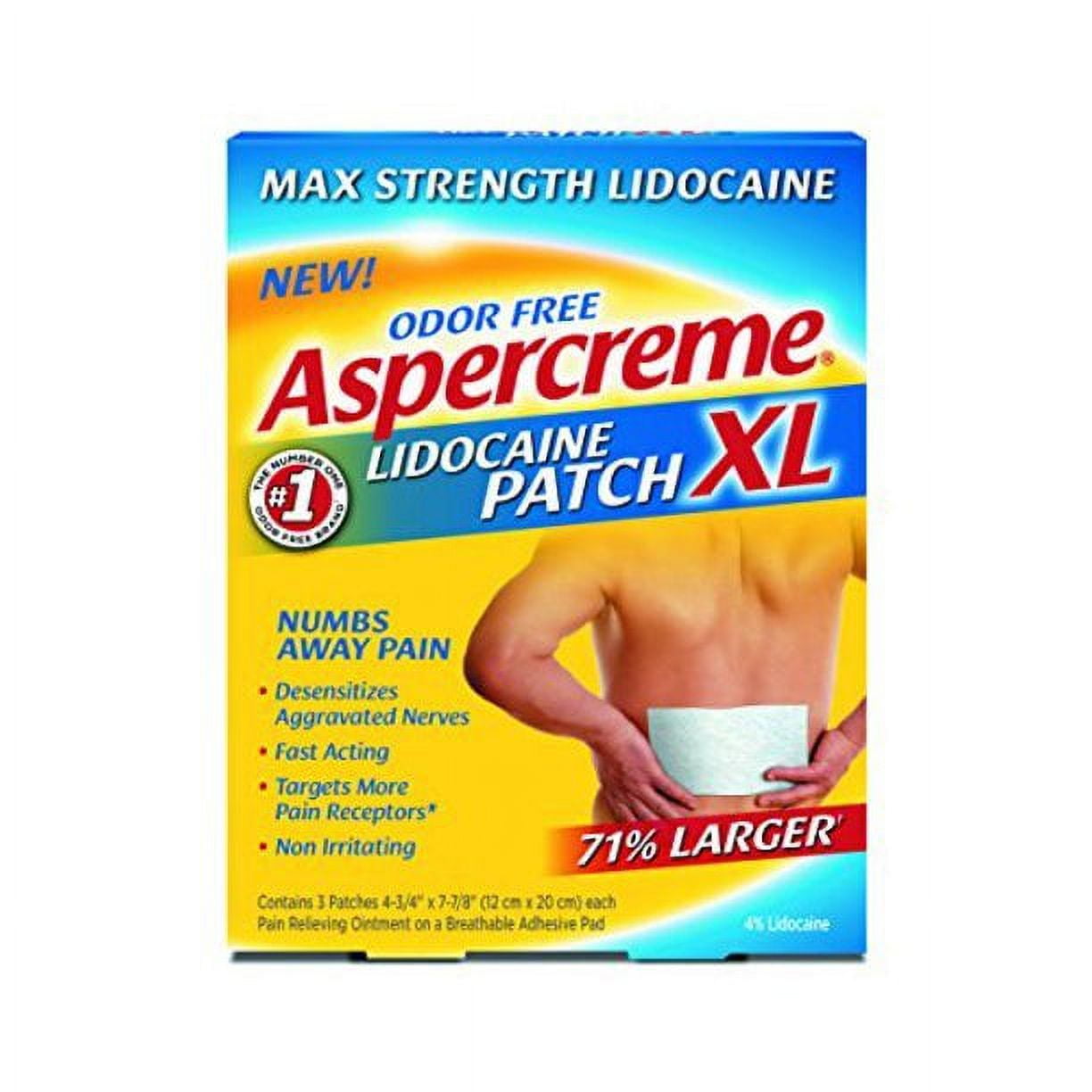
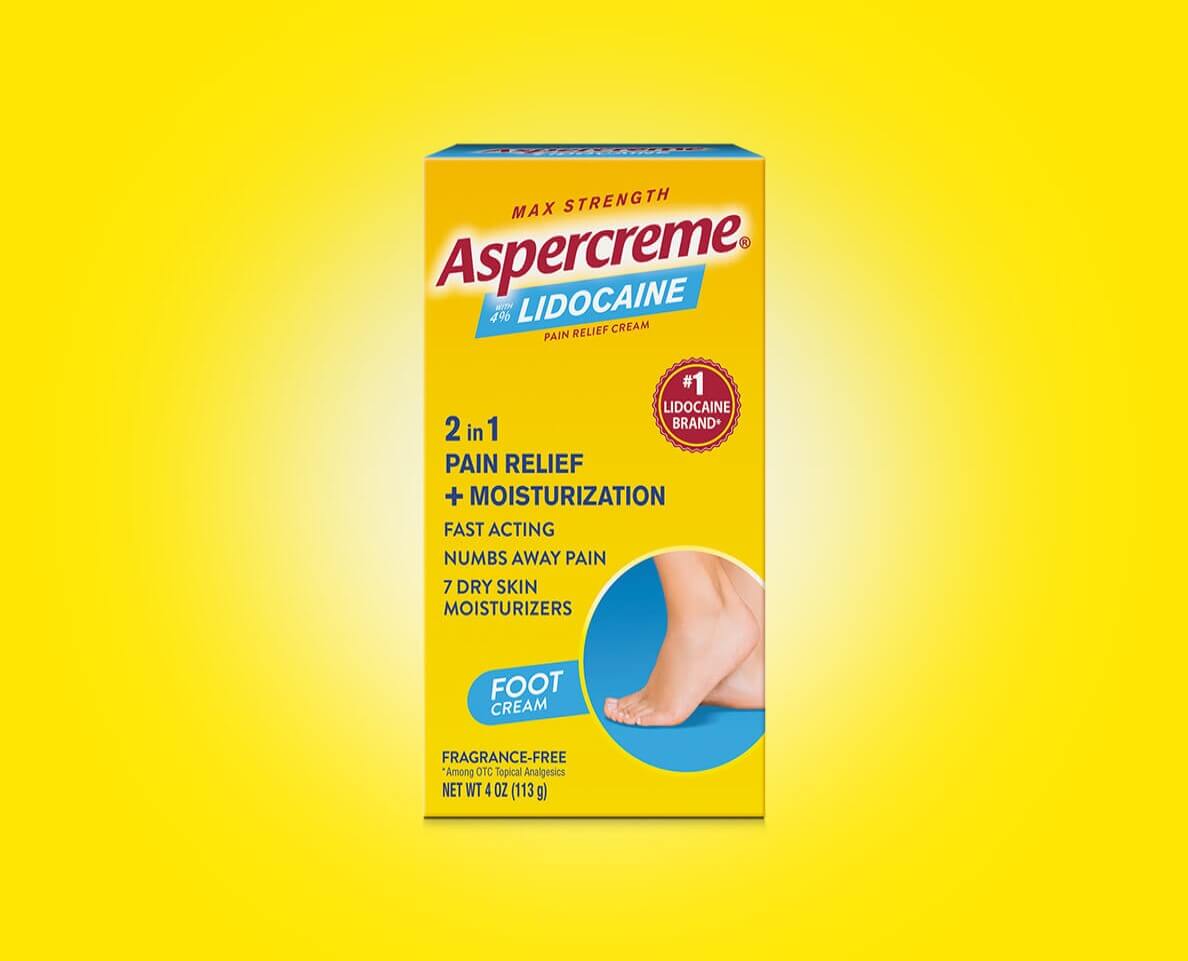.jpg)
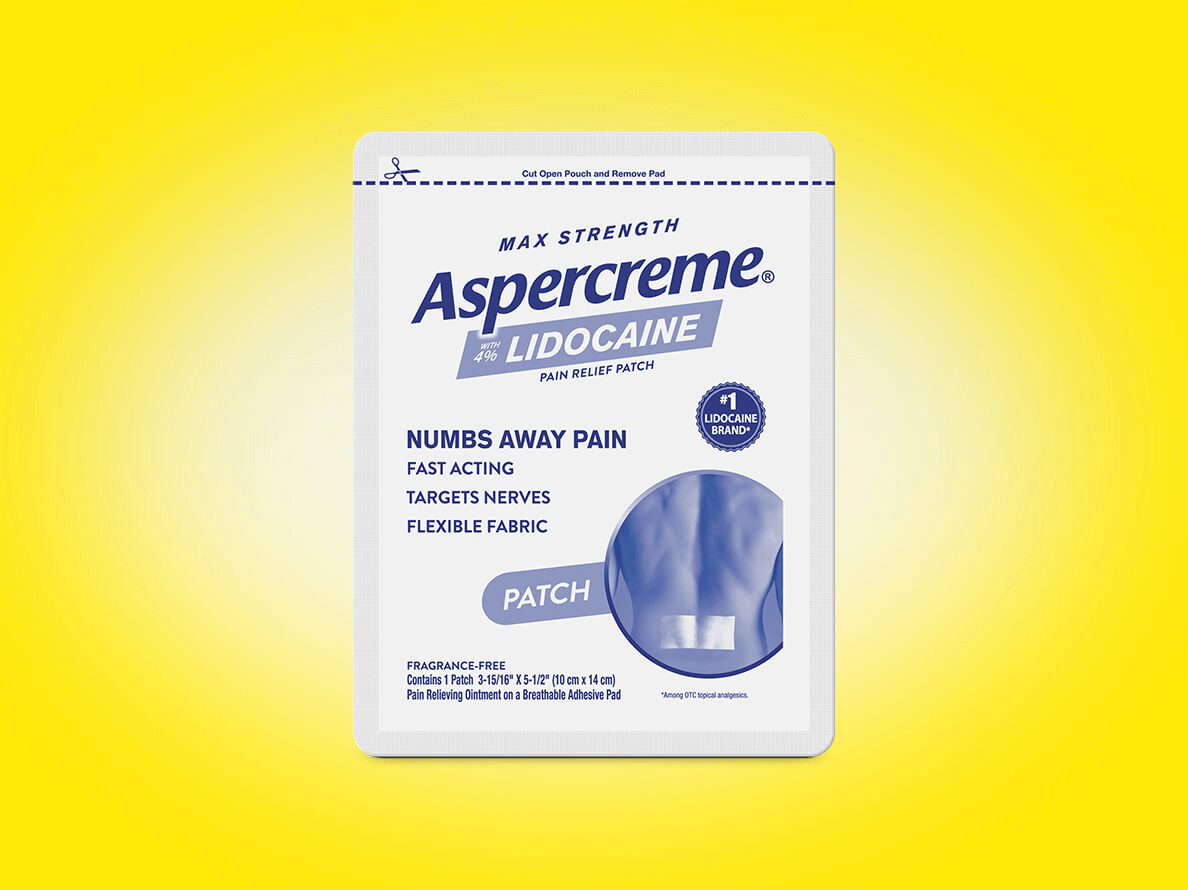.png)


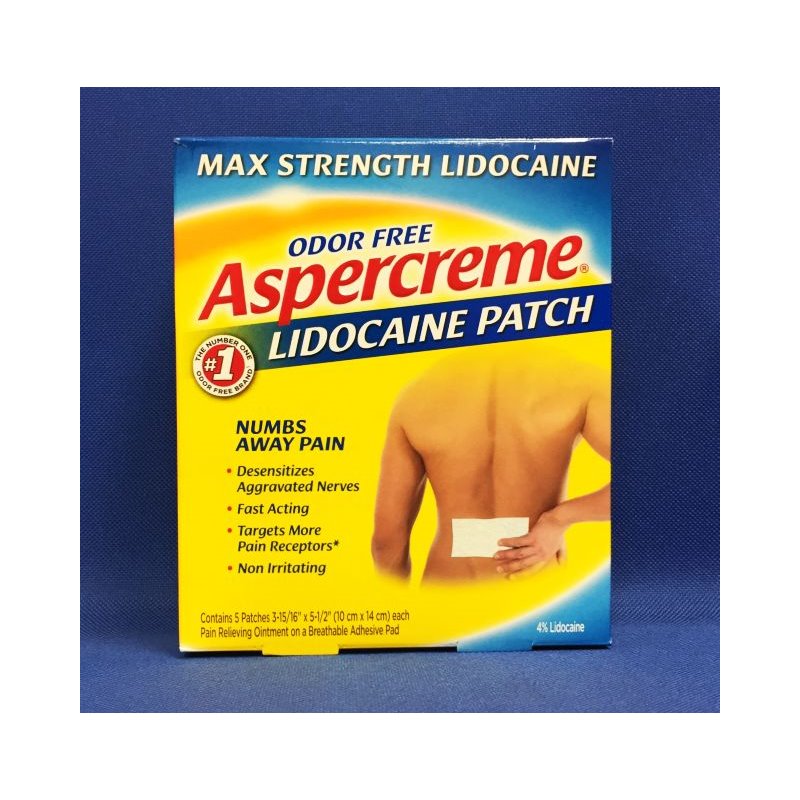

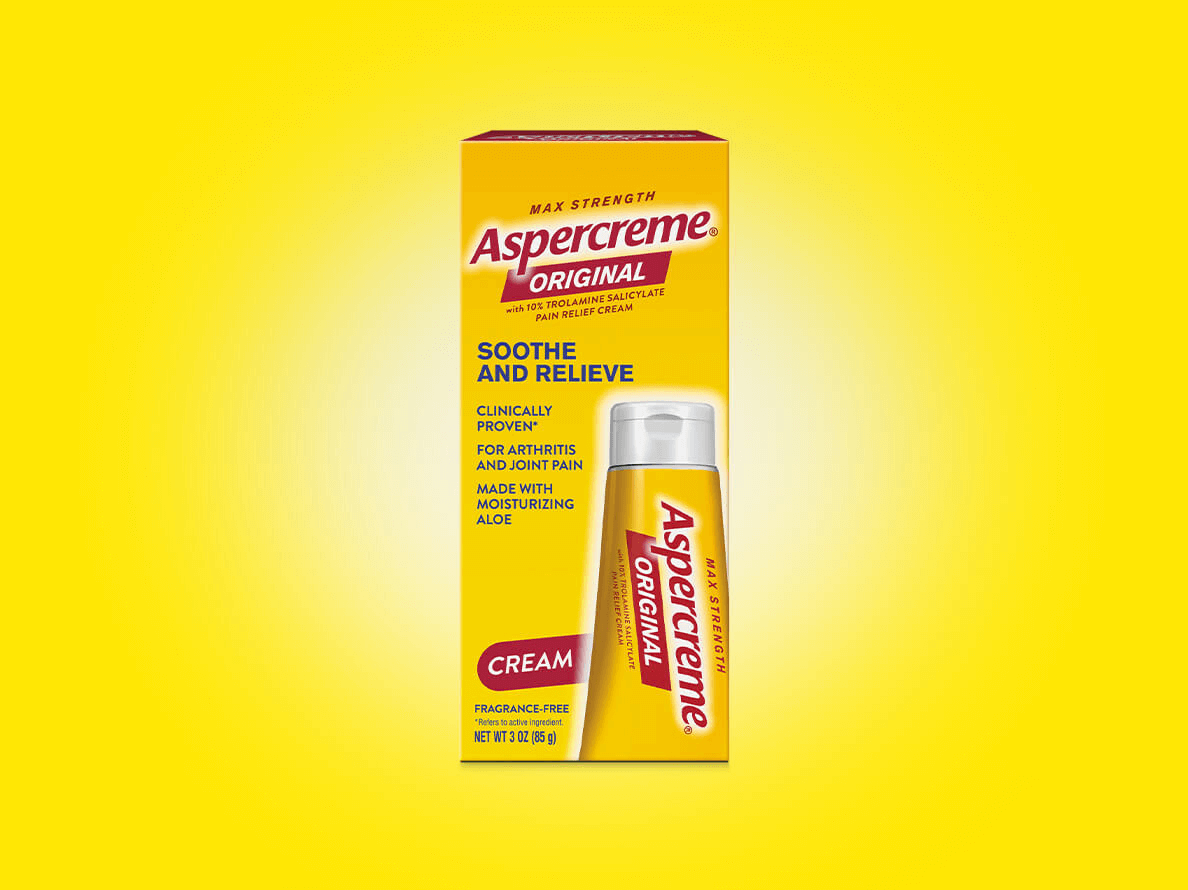 (1).png)
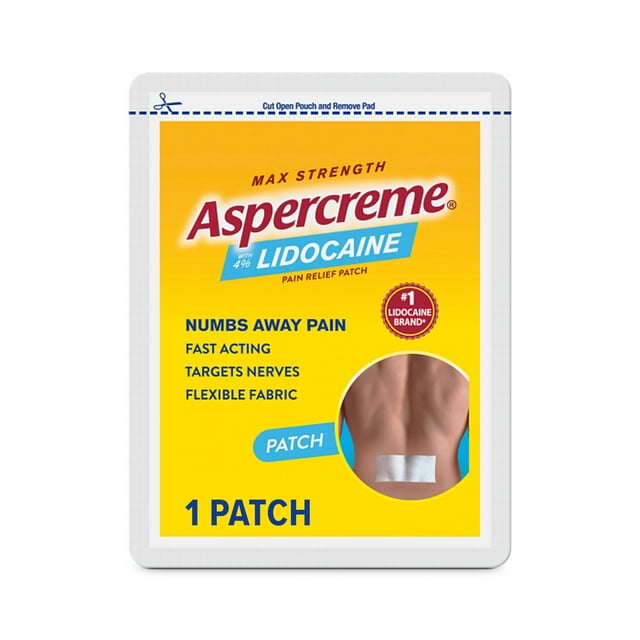
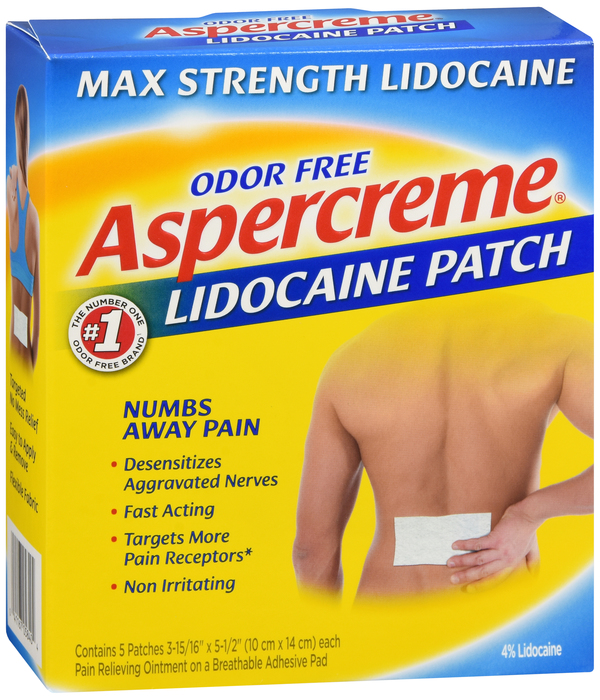
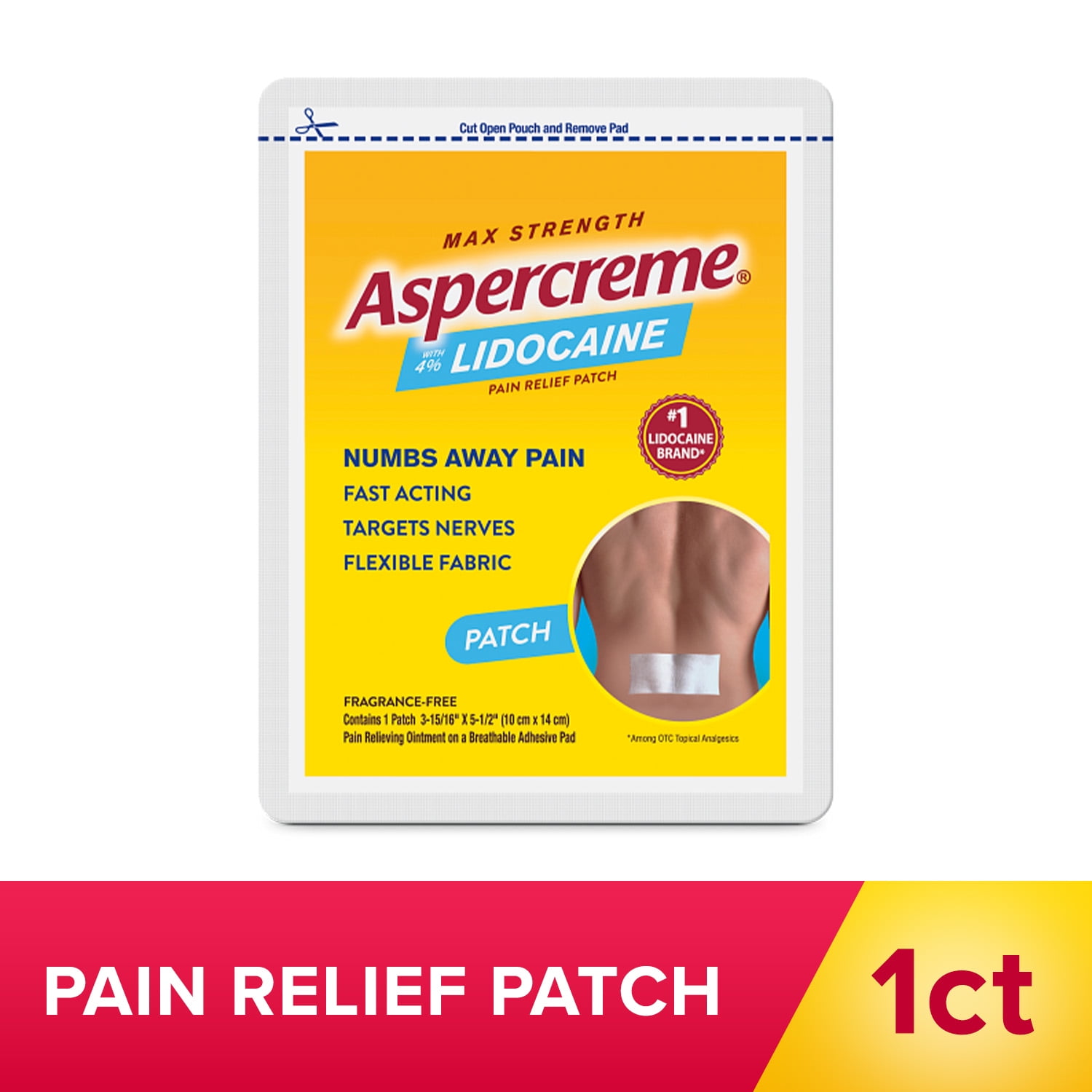

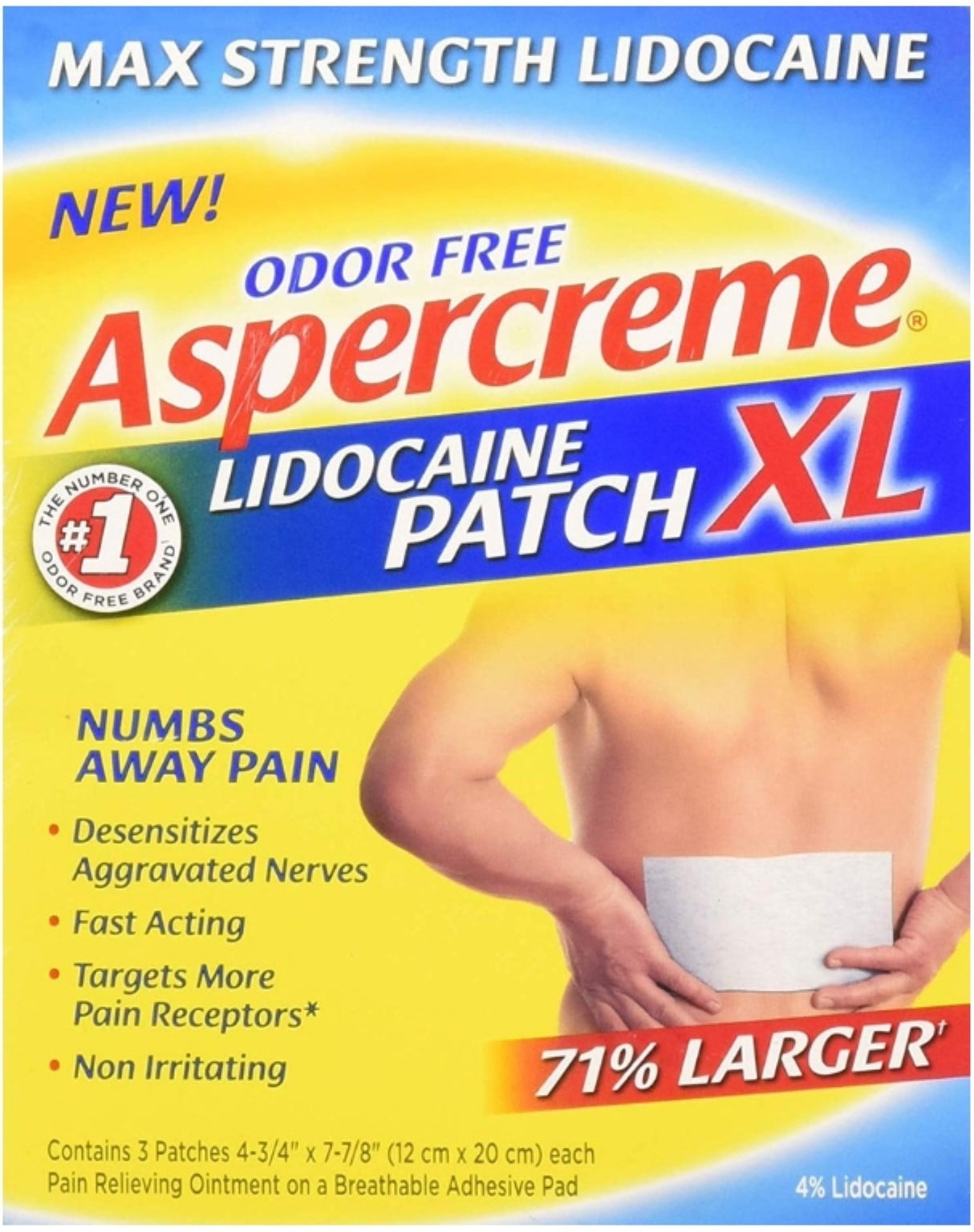
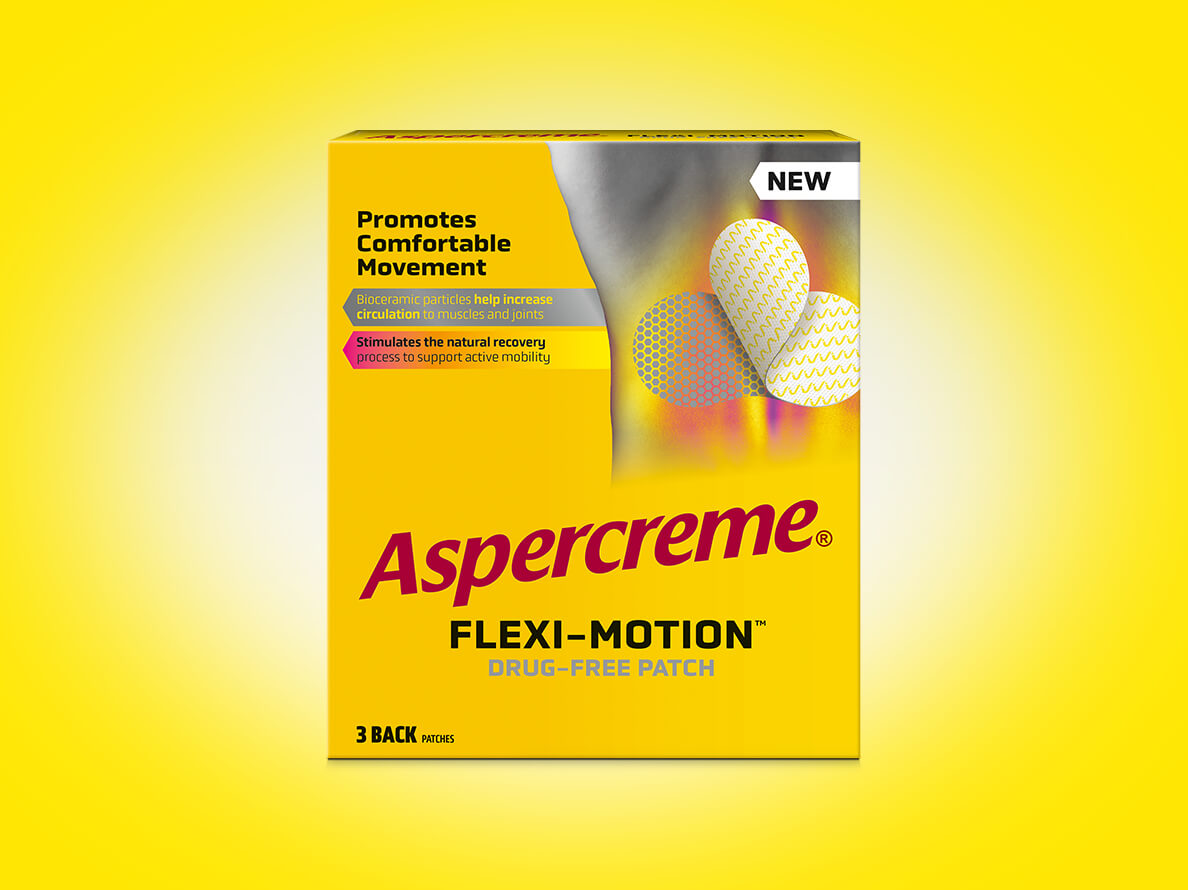.jpg)

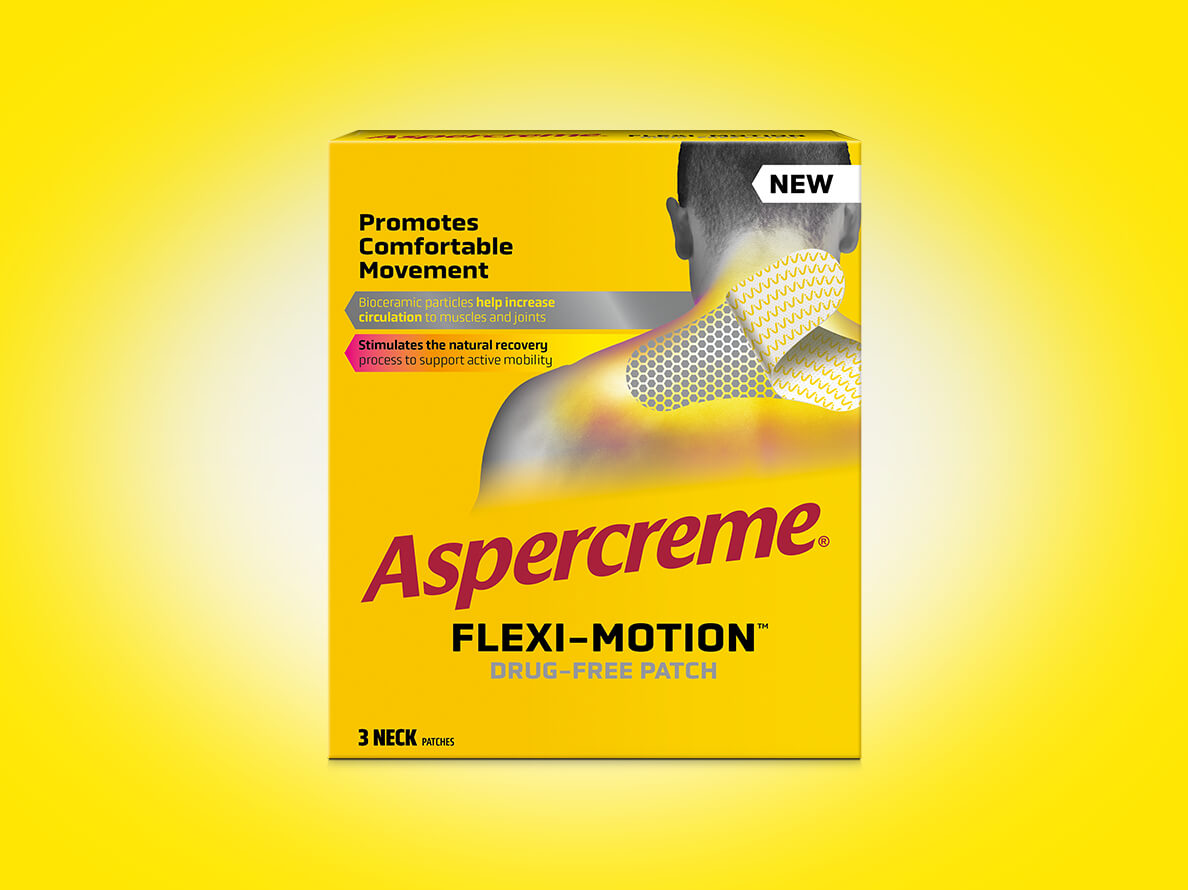.jpg)
